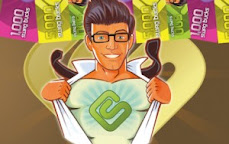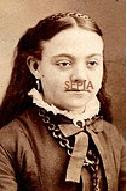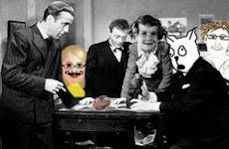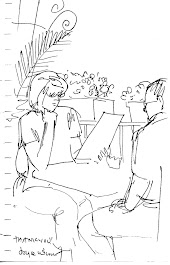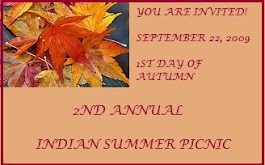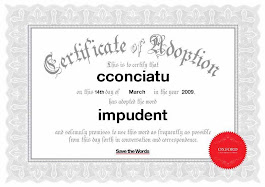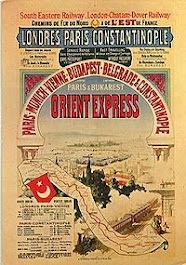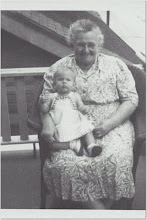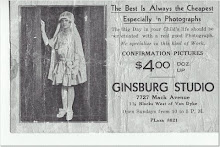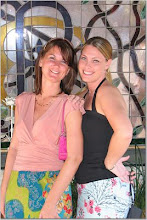 This vintage postcard mentions a vintage product that is still used by millions of us every day!
This vintage postcard mentions a vintage product that is still used by millions of us every day!Oh happy day! This is the birthday of Levi Strauss! He was born February 26, 1829 in Bavaria Germany. After growing up a bit, sailing with his family to the US and working with his brothers in their New York City wholesale dry goods store, Levi opened his own store in San Francisco California, calling it Levi Strauss & Co.
Among other things which he imported from the New York store, Levi sold denim fabric to tailors who made work pants for gold rush miners. It was a rugged material that withstood the rough life of the miners.
 Lady, they hain't invented 501's yet. Ah don't know what these are. Now go make me some 'a thet hash I seen you eatin' fer breakfast.
Lady, they hain't invented 501's yet. Ah don't know what these are. Now go make me some 'a thet hash I seen you eatin' fer breakfast.According to Wikipedia, the word "jeans" comes from the French, bleu de Genes, which means the "blue of Genoa". The same type fabric originated independently in India. There, the fabric was used to make uniforms for the Dhunga sailors - thus the term dungarees. Indigo dye was (and is) used to make the traditional blue color.
 Thread seams just didn't hold up on this tough fabric until Nevada tailor, Jacob Turner joined with Levi Strauss as a business partner. Together they received a patent for using copper rivets at the stress points of their loose fitting "waist overalls". In 1885 you could buy a pair of blue jeans for $1.50. That works out to about $35 a pair at today's prices.
Thread seams just didn't hold up on this tough fabric until Nevada tailor, Jacob Turner joined with Levi Strauss as a business partner. Together they received a patent for using copper rivets at the stress points of their loose fitting "waist overalls". In 1885 you could buy a pair of blue jeans for $1.50. That works out to about $35 a pair at today's prices. James Dean and Marlon Brando brought jeans to the mainstream in the 50's, and they became a symbol of rebellion. Wearers were not allowed into restaurants, movies and schools. Jeans became more acceptable in the late 60's, and by the 70's they became a general fashion item. Today, 150 years from the first "waist overalls", they are considered a staple.
James Dean and Marlon Brando brought jeans to the mainstream in the 50's, and they became a symbol of rebellion. Wearers were not allowed into restaurants, movies and schools. Jeans became more acceptable in the late 60's, and by the 70's they became a general fashion item. Today, 150 years from the first "waist overalls", they are considered a staple.
The average American owns 7 pairs of jeans. I checked my closet: I have 3 pair of jean pants, and 4 jean skirts, so I meet the average standard. None of mine are Levi brand - they are all made by Chico's. How many do you own?
As you slide your jeans on this morning for "casual day" at the office, remember to say Happy Birthday to Levi!

And, don't forget to zip over to Marie's place for more Postcard Friday fun!





















